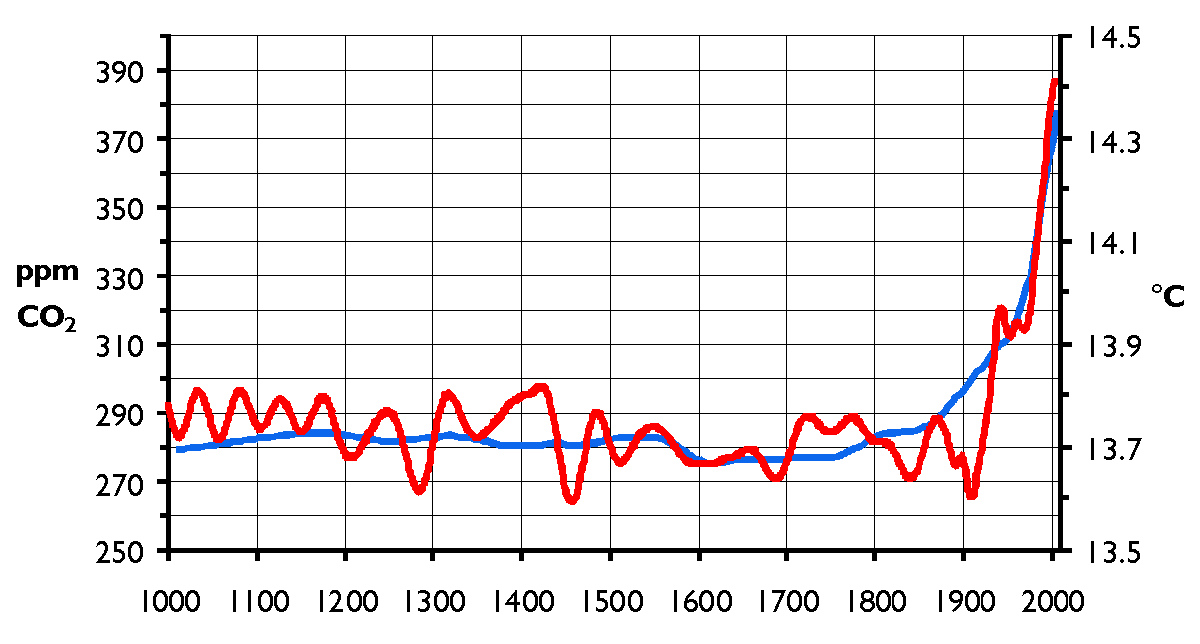Actually the US grid has some advantages over the EU grids. The US grid is vertically integrated, the generating companies own the distribution. This means the entire supply chain can be managed for the greater good (who'd have thought a socialist idea like that would be found in the USA?). So when the grid is creaking at the seams and the power stations are showing their age it is in the economic interest of the power company to reduce peak consumption because that's cheaper than building a bigger grid or more power stations.autogyro wrote:I would suggest that the Americans update and improve their grid.
That's why its possible in some states to buy fridges and air-con units that turn off at times of high demand by detecting the dip in AC frequency.
Also, large building projects in the Middle East have demand management imposed by the planning rules. They have to meet a limit on the peak electricity demand per occupant or m2. So large buildings use ice storage to build up cooling capacity at night that is then released during the day. That's because the state can dictate what happens in the supply chain from generation to consumption.
Meanwhile in the UK we have generators wanting to build power stations to earn money, a grid company that wants to build a bigger grid to earn money, and an antediluvian government abolishing planning rules to allow more power stations to be built while also promising to waive energy rules on new housing so they can promise cheap housing for the proletariat.


